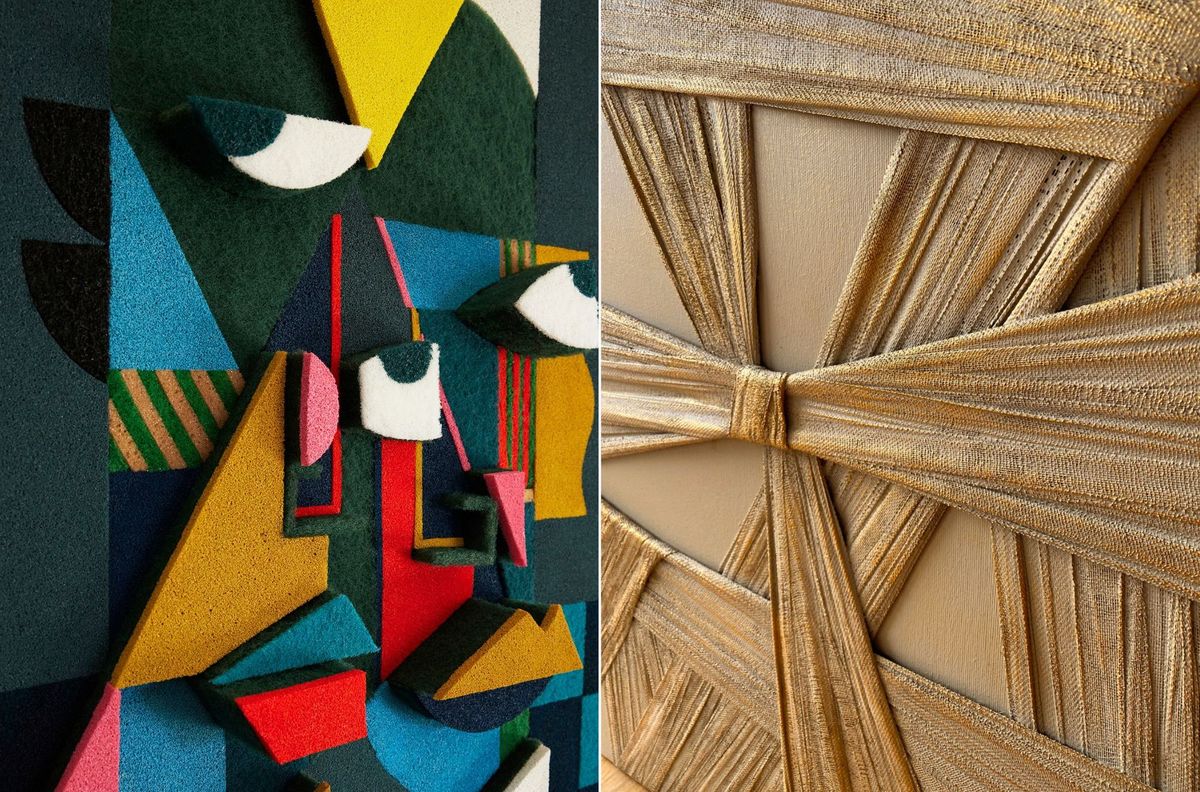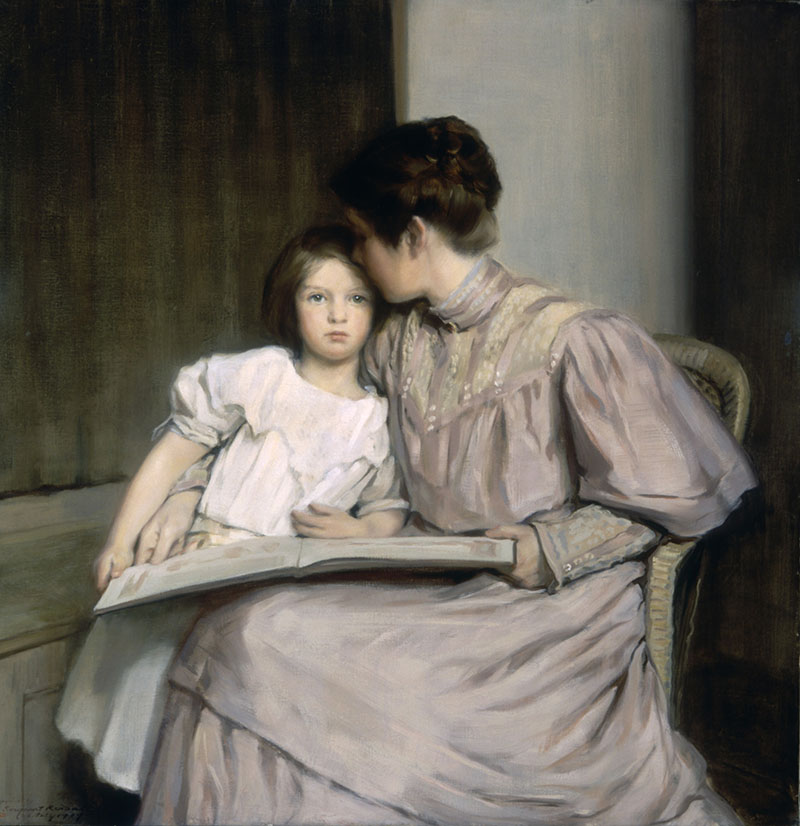Textile art is experiencing a remarkable resurgence, celebrated for its ability to infuse spaces with texture, warmth, and personality. In this exclusive feature, contemporary artists Alla Grande and Eni Pullumbi share their contrasting approaches and creative processes, offering a glimpse into the boundless potential of textiles in contemporary art and interior design.
By Cecile Martet | 12 Dec 2024
At the forefront of this movement are Alla Grande, renowned for her intricate, highly textural pieces, and Eni Pullumbi, who pushes boundaries with bold explorations of volume, colour, and unconventional materials.
Alla Grande: a new way of perceiving luxury
Alla Grande, a German artist and designer trained in architecture, sees her textile works as inner journeys translated into abstract compositions. Each piece is a superimposition of sensations and reflections. ‘My art is a journey through thoughts and emotions – each piece is an expression of the limitless nature of human creativity,’ she says.

Her training in architecture has had a direct influence on her work. The strong geometric shapes and play of light and shadow she favours give her work a sculptural dimension. They fit perfectly into a variety of settings, from luxury hotels to workspaces and private residences. For the Krefeld-based artist, textile art doesn’t just dress up a space; it invites an emotional and sensory experience.

‘The right lighting can accentuate texture and colour, making the artwork seem alive,’ she explains. Soft, directional lighting reveals the richness of folds and shadows, while carefully chosen framing can emphasise the elegance of a piece while protecting it.
Alla Grande also encourages people to consider the scale and placement of their works so that they find their rightful place in an interior. “Geometric or monochrome textile works create a modern, timeless aesthetic without overwhelming the space,” she says. This ability to create bespoke works in harmony with the surrounding architecture is an integral part of her approach.

For Alla Grande, textile art is a medium that transcends traditional boundaries: “My works allow the viewer to engage in personal explorations and establish a connection with art.” This intimate relationship between work and space offers a new way of perceiving luxury, where aesthetics combine with a deeply immersive experience.
Eni Pullumbi: art that comes alive
Albanian artist Eni Pullumbi reinvents textile art through “wall sculptures” using unexpected materials. His practice, fuelled by an insatiable curiosity, leads him to experiment with elements such as expanded polyurethane, felt, and abrasive sheets. Each work is born of a meticulous observation of everyday life, transforming banal objects into captivating artistic pieces.

“It all began with a banal moment: while washing up, a sponge caught my eye. Its duality– soft on one side, rough on the other–fascinated me, leading me to imagine how it could be transformed into art”, he recounts. From this intuition was born the SpongePop collection, a playful and colourful series that explores geometric shapes and chromatic contrasts.

Eni Pullumbi’s aesthetic evolves with each collection. SpongePop is suited to eccentric, modern spaces, where bright colours blend with pop-style interiors. Curious Eyes, on the other hand, with its pastel tones and delicate volumes, fits into warmer, more intimate environments. “Walls with natural imperfections, for example, add an authenticity that enhances the softness of this collection,” he explains.

The interaction of his works with their environment is at the heart of his approach. “When choosing a location for one of my creations, I invite you to consider it as a living thing, capable of interacting with its environment and transforming its atmosphere,” explains the Milan-based artist. Under natural light, the materials reveal shifting shadows that enrich their expressiveness. That said, the artist also enjoys experimenting with artificial lighting to intensify volumes and textures.
Textiles and tapestries: immersive, tactile experiences
Textile art is capturing attention not just for its aesthetic appeal but for its ability to evoke sensory and emotional connections in an increasingly digital world. Alla Grande and Eni Pullumbi illustrate this beautifully—offering pieces that go beyond decoration to create immersive, tactile experiences. Their work reminds us that art can be both personal and transformative, grounding us in the materiality of the spaces we inhabit.
Discover their creations and more in our textiles and tapestries art collection—where innovation meets tradition, and every piece invites you to rethink the relationship between art and living.










